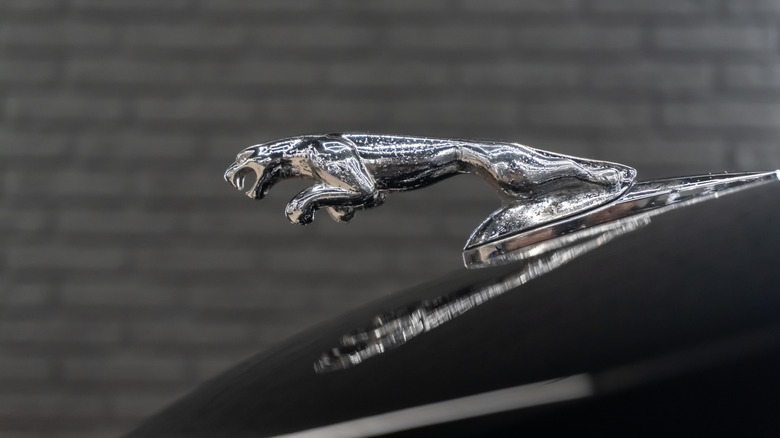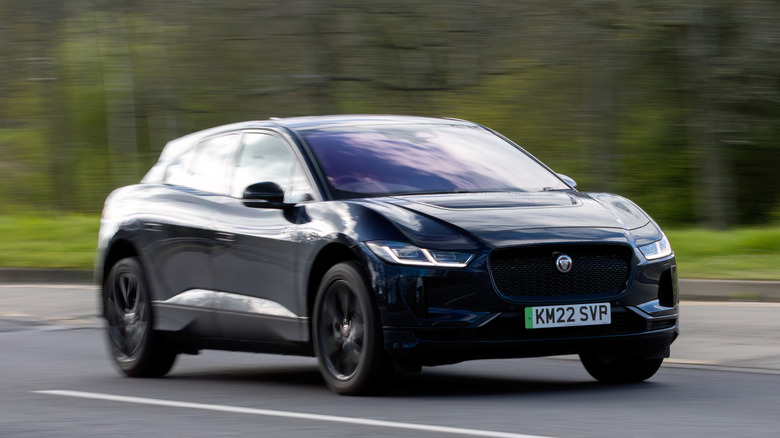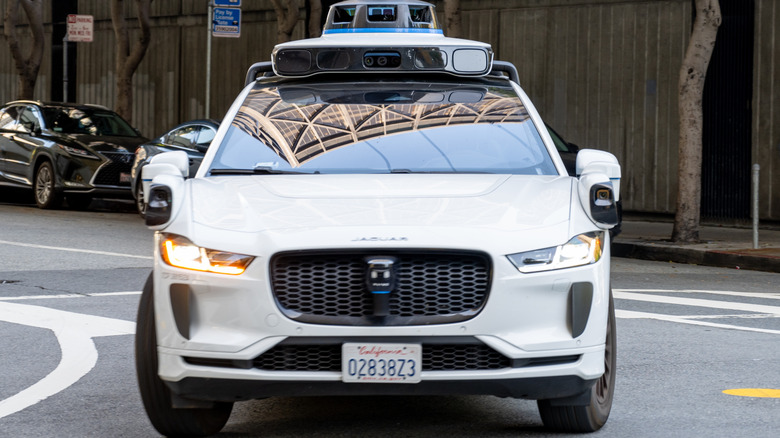You've Been Warned: This Jaguar Car Has Terrible Resale Value
Since electric vehicles are far cheaper to maintain and recharge than automobiles with combustion engines, you can save a lot of money on an electric vehicle in the long run. Unfortunately, electric vehicles also tend to depreciate much faster than a gas-powered car. A recent report found that one luxury electric SUV loses value faster than any other type of vehicle sold between March 2024 and February 2025: The Jaguar I-Pace.
The I-Pace was ranked at No. 1 by iSeeCars among the top 25 cars that lose their value the fastest. On average, the Jaguar I-Pace loses 72.2% of its value in the first five years. This means that a $75,000 I-Pace in 2020 may be worth less than $25,000 in 2025. The Jaguar I-Pace's depreciation rate is even worse than the Tesla Model S, which loses an average of 65.2% of its value in five years. On average, electric vehicles lose 58.8% of their value within five years, compared to 45.6% for all vehicles.
The Jaguar I-Pace takes too long to charge & has limited range
How quickly a car can depreciate after purchase depends in part on a car brand's reputation. Although the Jaguar I-Pace won 62 awards in 2018 and 2019, sales were so poor that Jaguar Land Rover discontinued it as one of five models with "close to zero profitability," per Automotive News Europe. Unveiled in 2017, the last Jaguar I-Pace was manufactured in December 2024.
But who does an I-Pace shed value so quickly? For one thing, it faced huge competition from other electrified crossovers and SUVS such as the Tesla Model Y, but was never significantly upgraded. It can also take as long as 13 hours to recharge if the battery is nearly empty via a 240-volt connection. Through a DC fast charger, the I-Pace can be charged to 80% in 40 minutes. Plus, the I-Pace's range on a full charge is between 217 and 246 miles, while the Audi Q8 e-tron can travel up to 285 miles, and the Tesla Model X can go 348 miles.
The I-Pace is expensive to fix (with multiple recalls)
While some electric vehicles might save you money when it comes to upkeep, that isn't the case with the Jaguar I-Pace, which can cost over $17,000 to maintain and repair during its first 10 years of service, per CarEdge. A figure that is $4,000 higher than the average luxury SUV. There is also a 49.8% chance that a major repair will indeed be in that first decade, which is 11.3% worse than other vehicles in this segment.
Like the Tesla Model X, the Jaguar I-Pace has had a series of recalls by the National Highway Traffic Safety Administration due to design flaws and malfunctions in certain vehicles such as an overheating high-voltage battery that could spark a fire (2019-2024 model years), inoperative rear turn signals that could increase the risk of crash (2021-2024 models), a faulty coolant heater that couldn't defrost windshields (2021-2022 models), and brakes that inefficiently delay deceleration (2019-2020 models).
With EV federal tax credits ending September 30, 2025, it effectively becomes more expensive for consumers to purchase an electric-powered vehicle. This will lower demand and likely push dealerships to reduce sticker prices for EVs like the Jaguar I-Pace, at least in the short term.


